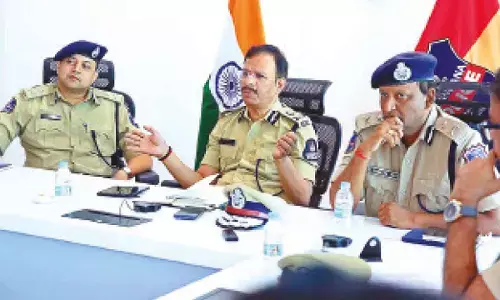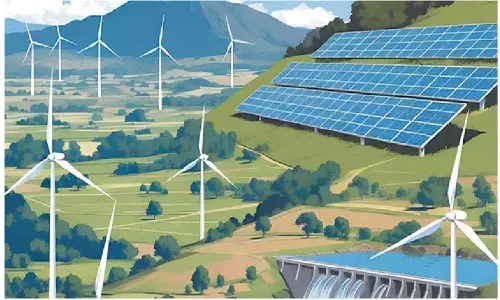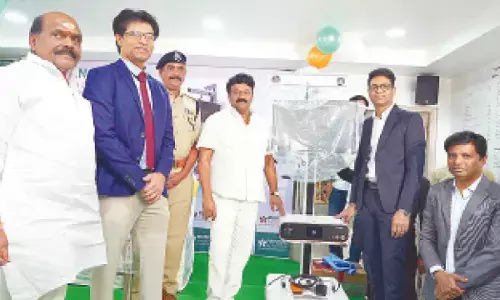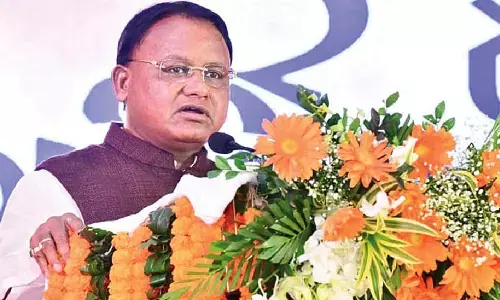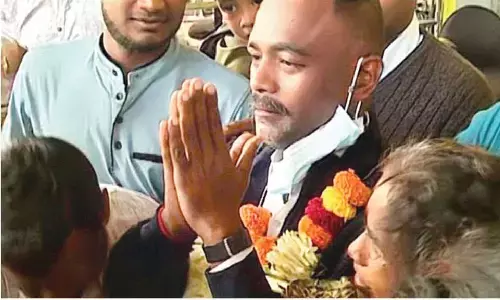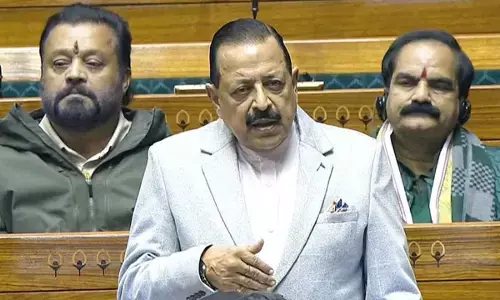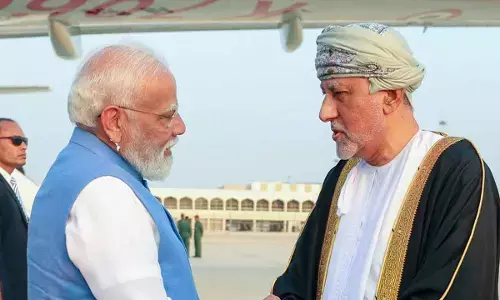Old Dubai through a new lens
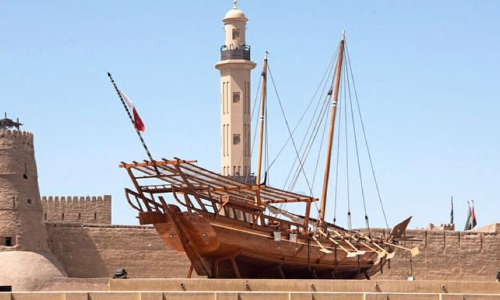
Before Dubai became the glitzy capital of the famously fashionable that it is today, it was once an arid land of Bedouins A seminomadic people who traversed the desert with their herds of camel and goat, eternally in search of oases that would sustain their agriculture
Before Dubai became the glitzy capital of the famously fashionable that it is today, it was once an arid land of Bedouins. A semi-nomadic people who traversed the desert with their herds of camel and goat, eternally in search of oases that would sustain their agriculture.
Everything from the famed dates and coffee of Dubai to the cultural amusements of today, like camel racing and hunting, trace their origins back to these nomads that had settled in the oases of Hatta and Al Aweer. It was trading that brought Dubai its fame, paved the way for its later riches and even decided where the city itself would come into being.
On the banks of a creek. Take an abra, the traditional wooden boat on this very creek where Dubai’s story began; from Diera to Bur Dubai, from the new to the old. In Bur Dubai, is The Al Fahidi Fort which gives this neighbourhood its name. Today it houses the Dubai Museum where atmospheric installations, beautifully presented glimpses into the history of the region and lifelike scenes recreated from the past take the visitor on a virtual, while a fully furnished traditional house, locally known as Al Kaimah, made of palm fronds and burlap pieces is all yours to explore.
Just adjacent to the Al Fahidi Fort is Al Bastakiya. Quiet and inconspicuous in the otherwise bustling Al Fahidi, the bazaar where local Indians flock to, this complex holds a myriad of interesting restored buildings for culture buffs and the artistically inclined. There is much to discover here, and one can easily spend the day just wandering through the maze of buildings and leafy boulevards, never knowing just what one might stumble upon next.
If it is a coffee museum or a coin museum now, it could be a philately house next, which in great detail traces the evolution of postal stamps and postmarks from the Middle East or even a museum dedicated just to the local architecture and its restoration.
A little further down this road are Dubai’s old souks or the traditional Arabian bazaars. The most celebrated of which are the Gold Souk, the Spice Souk and the Perfume Souk. Even if one is not shopping for bespoke Arabic jewellery, the Gold Souk is still the quintessential experience for the curious traveller. While the Spice Souk is a good place to stock up on high-quality saffron, candied nuts and organic dried dates.
But the most offbeat and also probably the most fun local indulgence here would be to stroll down the Perfume Souk. From pure perfume and essential oils to incense sticks and the classic Arabian oud, one can buy any or all of these here, in sizes that go from huge flagons to tiny ornate vials. What’s more, this souk is also the perfect place to find a perfumer that can help you create a unique personal fragrance for yourself. So, go discover Dubai again through a new lens.



